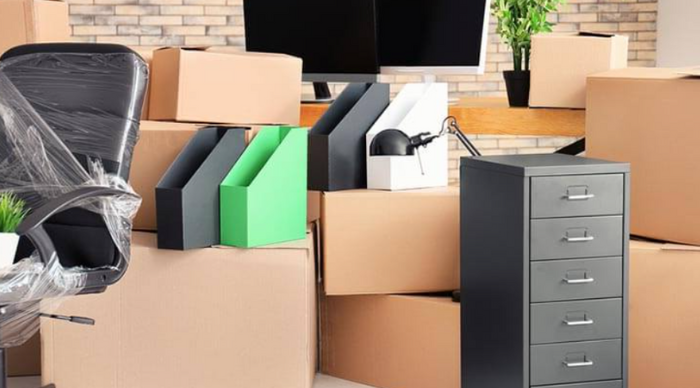It is important when relocating office furniture that every part reaches at the new location in the same condition it left the former one. Proper planning, correct packing materials, and a safe transport approach are needed in this process. These are thorough instructions for moving your office furniture securely during a relocation of a big business space or a small home office.
1. Organizing and getting ready
Begin by cataloguing your furniture: all the office furniture you want to relocate should be indexed in great detail. Specialty items, desks, chairs, bookcases, filing cabinets—everything should be on this list. Knowing precisely what should be moved assists in resource planning and organization.
Measure your new room and furniture: Measure big objects to guarantee they can pass freely around doorways, elevators, and corridors. Measure the space at your new office as well to be sure all will fit according to plan.
Pick the best Moving Day: Choose one that least impacts your company activities. Avoid downtime by selecting a weekend or after hours if at all possible.
2. Acquisition of items
Have the proper supplies to protect your furniture: packers Collect plastic stretch wrap, bubble wrap, moving blankets, packing tape, and heavy boxes. For wood furnishings, effective use of furniture pads will prevent dents and scratches.
Have screwdrivers, wrenches, and Allen keys available for taking apart furniture. Having these instruments available will help you to quickly put components together at the new site and speed the process.
3. Deconstructing of furniture
Remove Legs from Tables and Desks; Open Drawers from Cabinets; Detach Remove Parts—Repeat This not only makes the furniture easier to move but also helps to avoid harm throughout the move.
Store screws, bolts, and other tiny components in marked ziplock bags and keep an inventory of hardware. Adhere these bags to the appropriate piece of furniture or retain them all in a designated hardware box.
4. Preparing and Protecting Furniture
Cover furniture using bubble wrap or moving blankets. Fasten the padding with packing tape, but see to it it does not adhere too close to the furniture to prevent scratching of the finish.
For glass parts such as cabinet doors or tabletops, cover them with bubble wrap and fasten them with cardboard on both sides. Define these products obviously as fragile.
Wrap doors and drawers with stretch wrap or fasten them with straps to keep them shut during travel.
5. Loading and hauling
Use the Proper Equipment: Use dollies, hand track, and furniture sliders to transfer bulky goods. These tools keep furniture from being dragged across the floor, hence lessening the wear on moving personnel.
Strategically load: first load the heaviest goods and set them toward the back of the cargo truck. Balancing the truck evenly will help to secure things in place to stop them from moving during travel and provide straps.
Delicate Things: Put those indicated as fragile on top of heavier, sturdier objects. Make sure nothing heavy is put on upholstered pieces of furniture to prevent any damage.
6. Unloading and reassembling
Unloading: Upon reaching the new spot, gently unload the furniture, once more using dollies or hand carts if required.
Use your labeled bags of hardware to reassemble furniture; do it carefully. Carefully put everything back tightly and take your time.
Positioning: Put every piece of furniture according to your premeasured floor plan into its allocated location. Modify as needed to most appropriately match the workflow and room.
7. Check beyond the move
After everything is arranged, check every piece of furniture for signs of wear. Report any damage at once to the moving company if you have hired movers. For expert assistance in safely transporting your office furniture, consider services like those offered at https://www.shiply.com/us/furniture-shipping/north-carolina-furniture-shipping
Organize your work area once the pieces are in place. A tidy and well organized workplace will enable your activities to return to normal as soon as feasible.
In essence
Safely moving office furniture calls for cautious handling, good supplies, and exact planning. Following these instructions will enable you to guarantee that your office equipment is safe during the move, therefore allowing for a smooth transition to your next working environment. Keep in mind that the secret to a good relocation lies in the little things, so plan properly and take your time.

